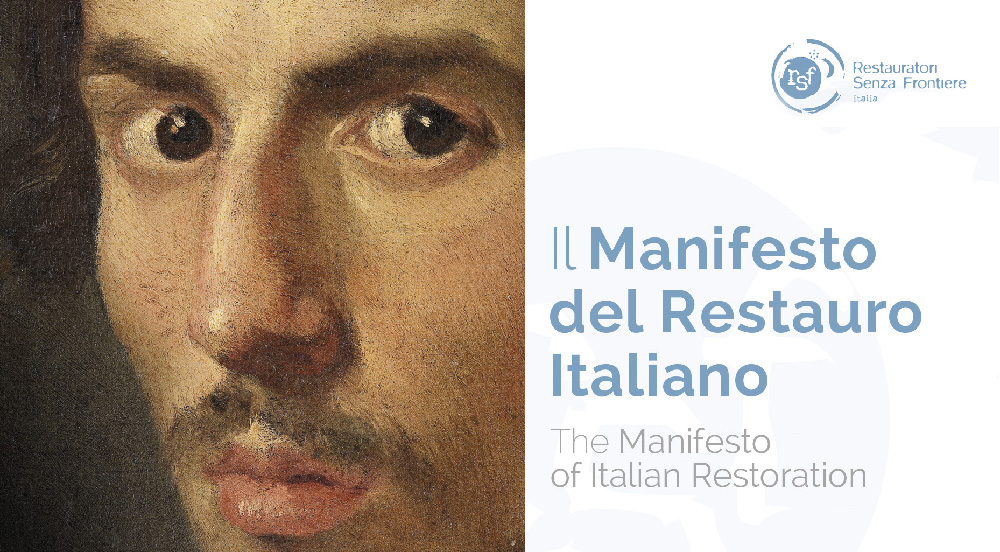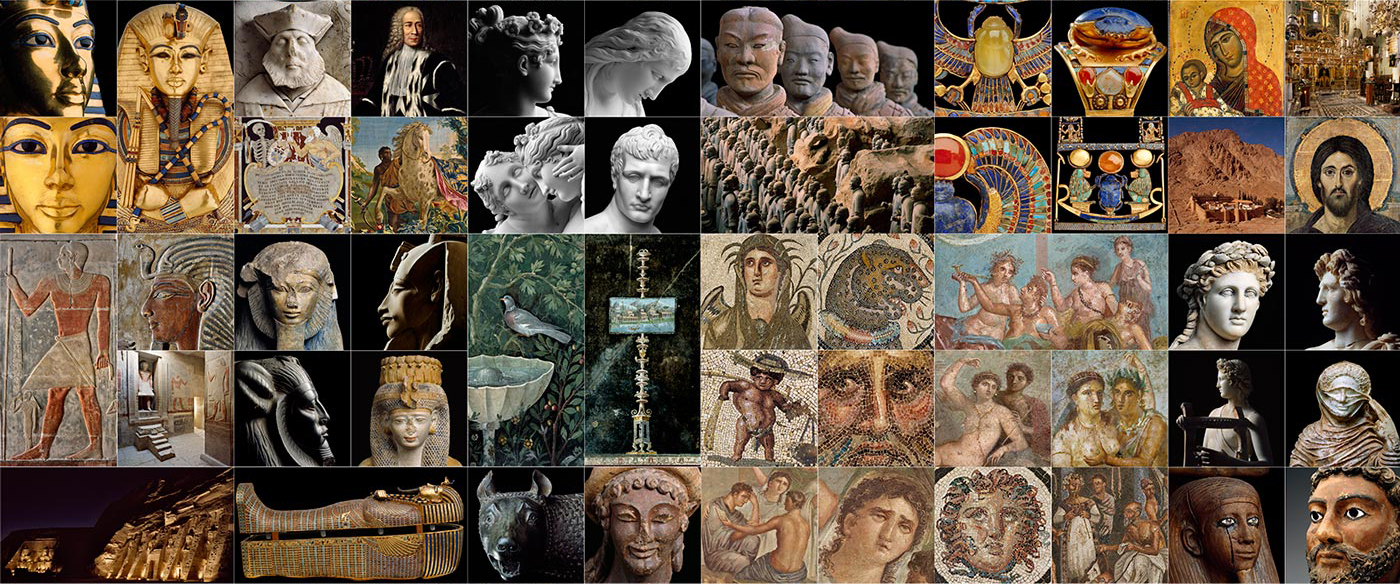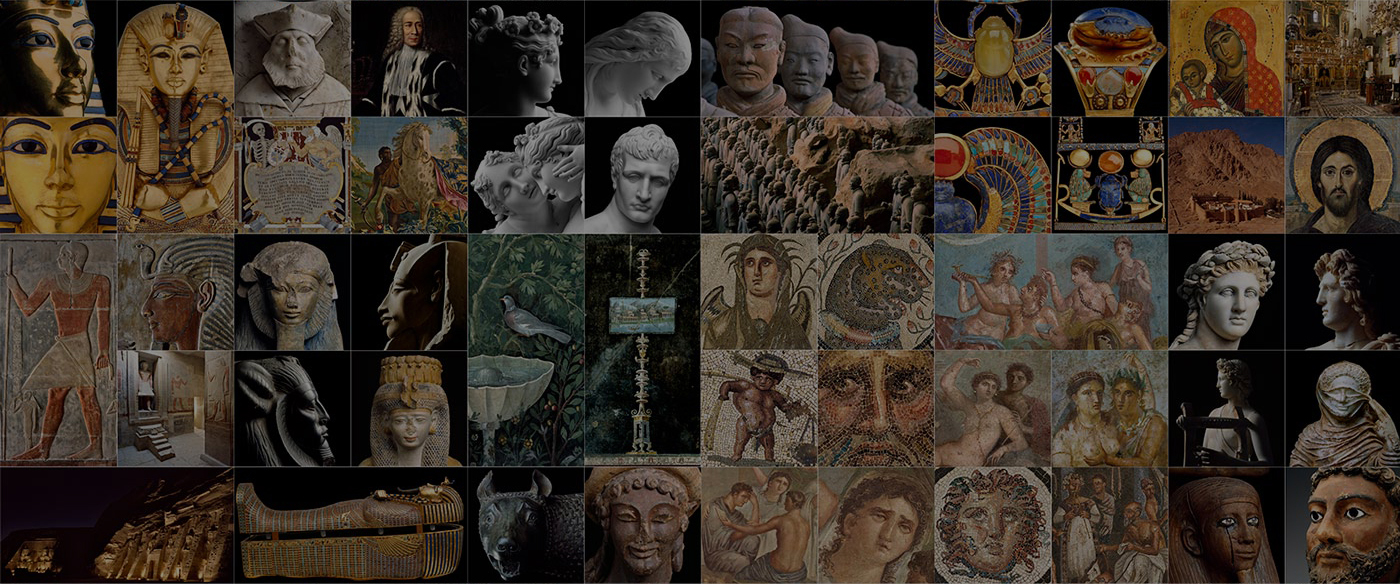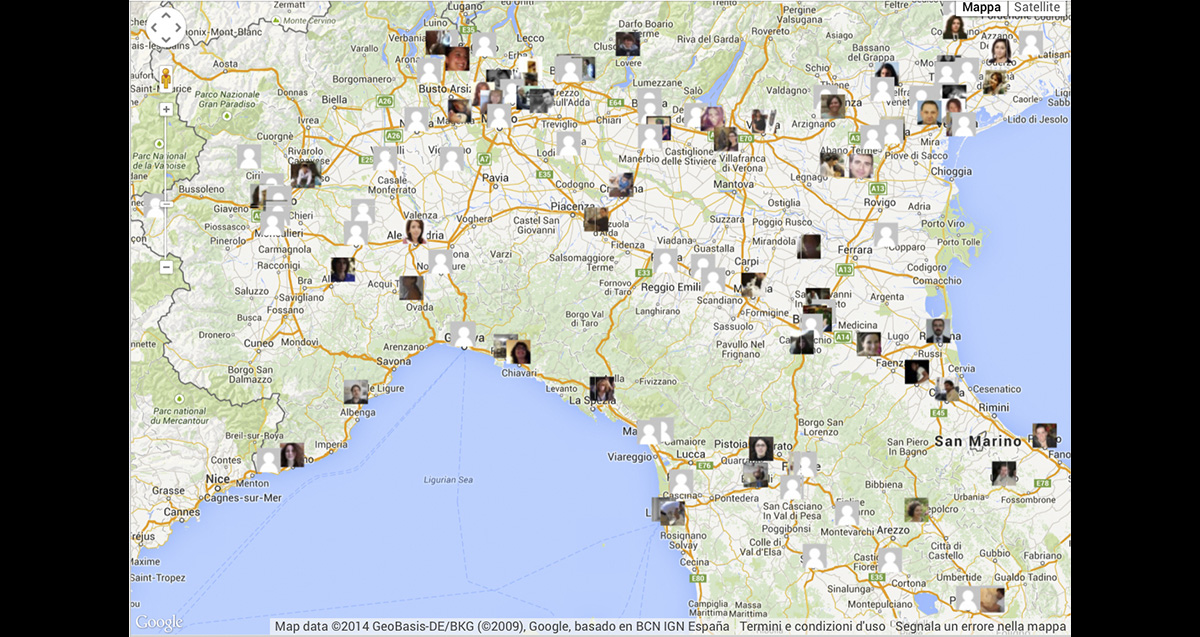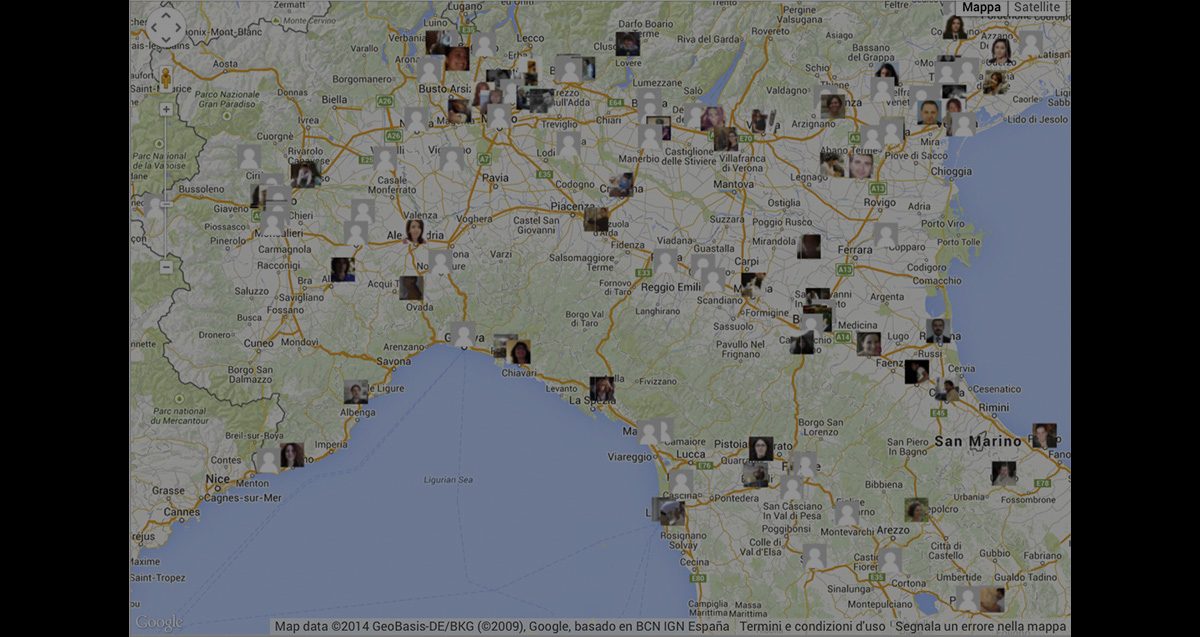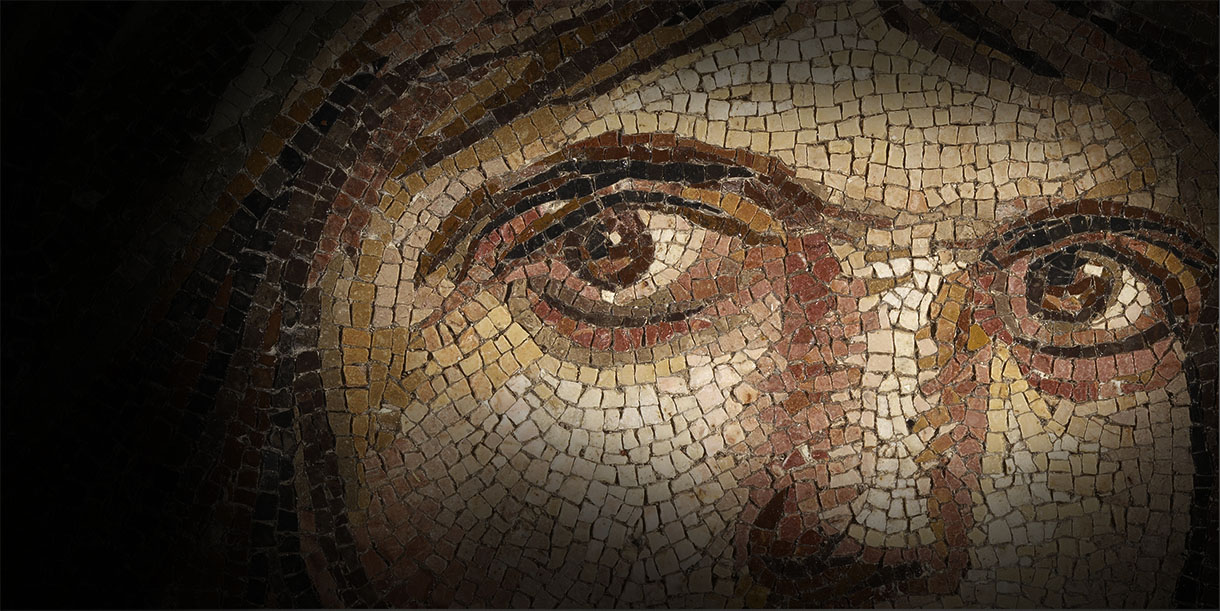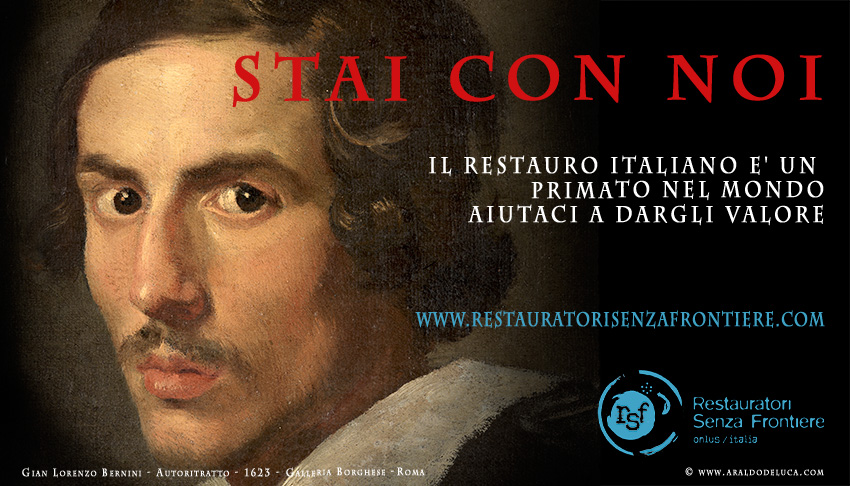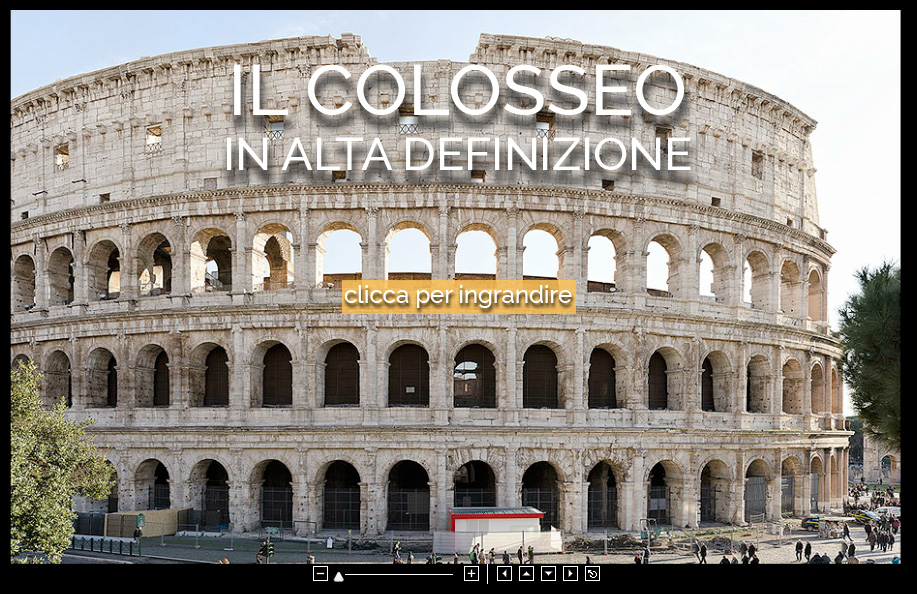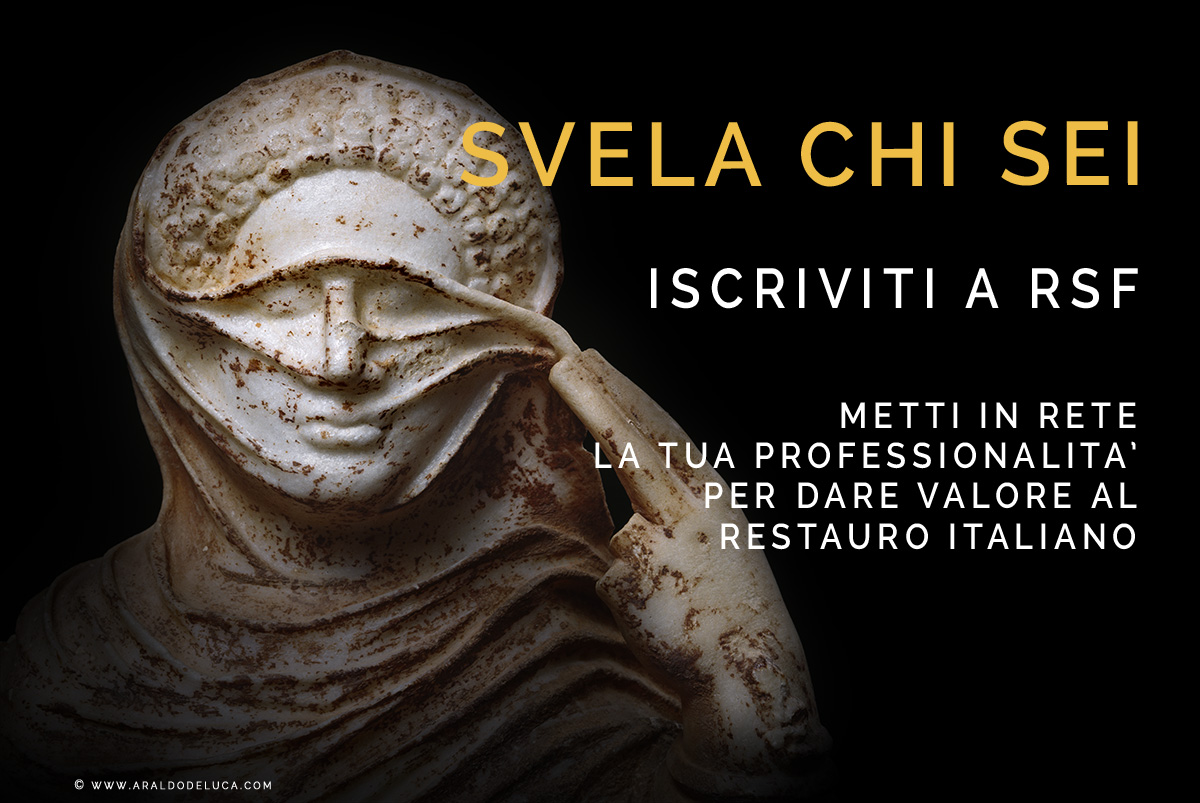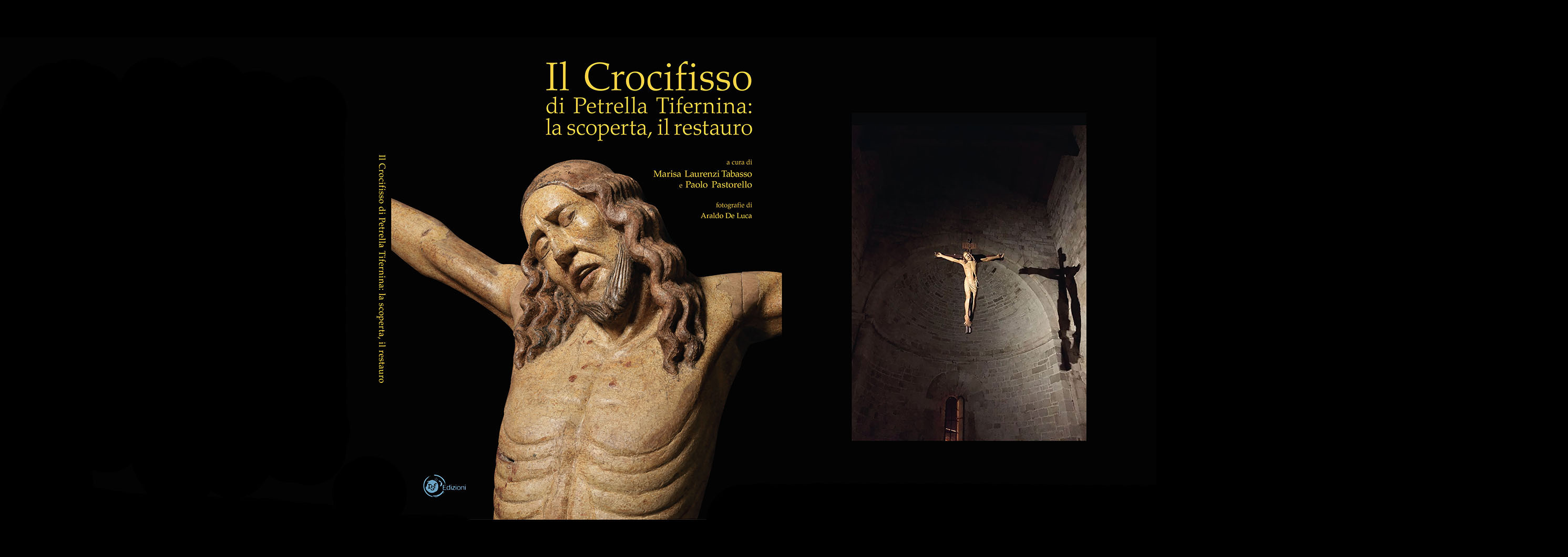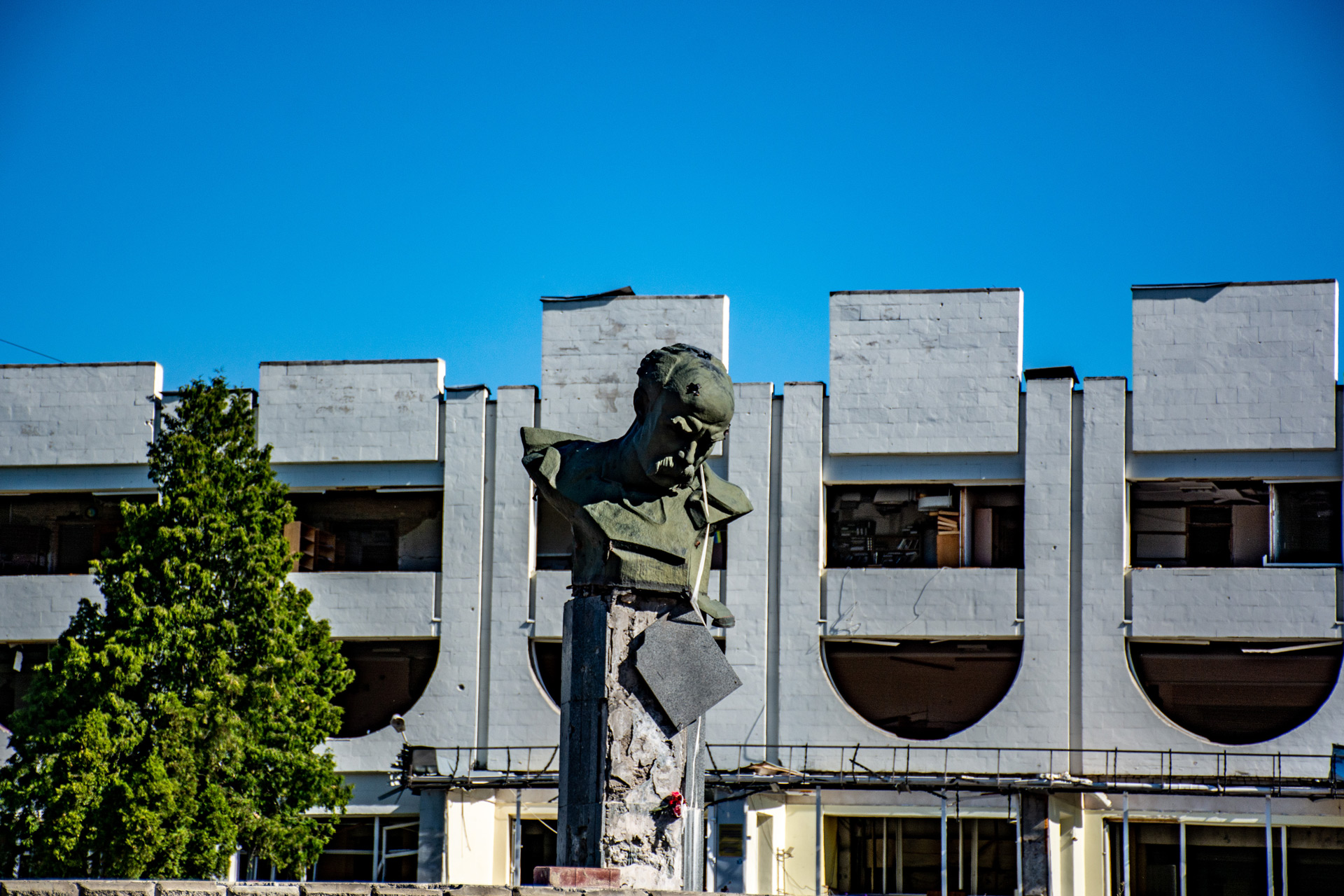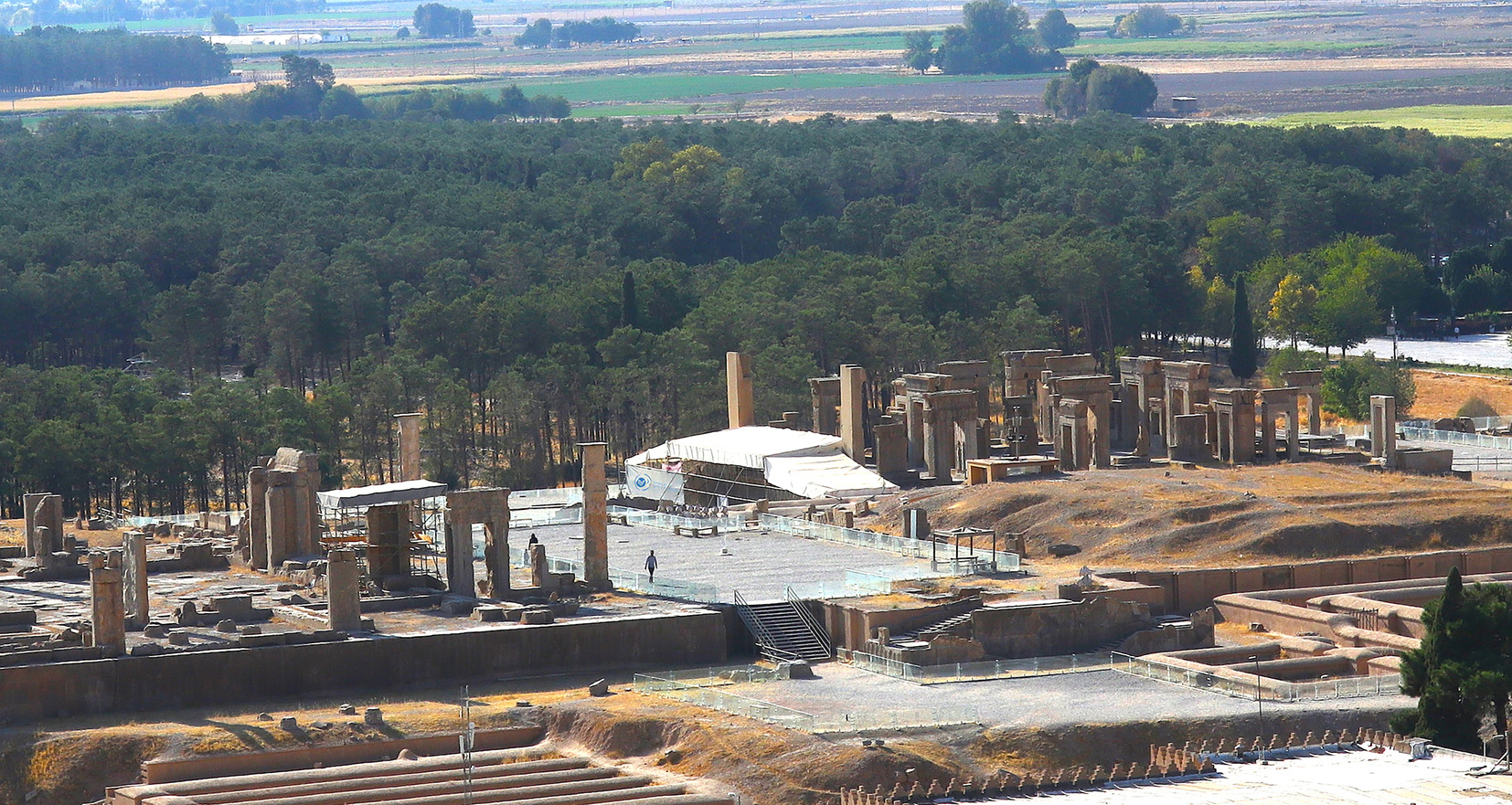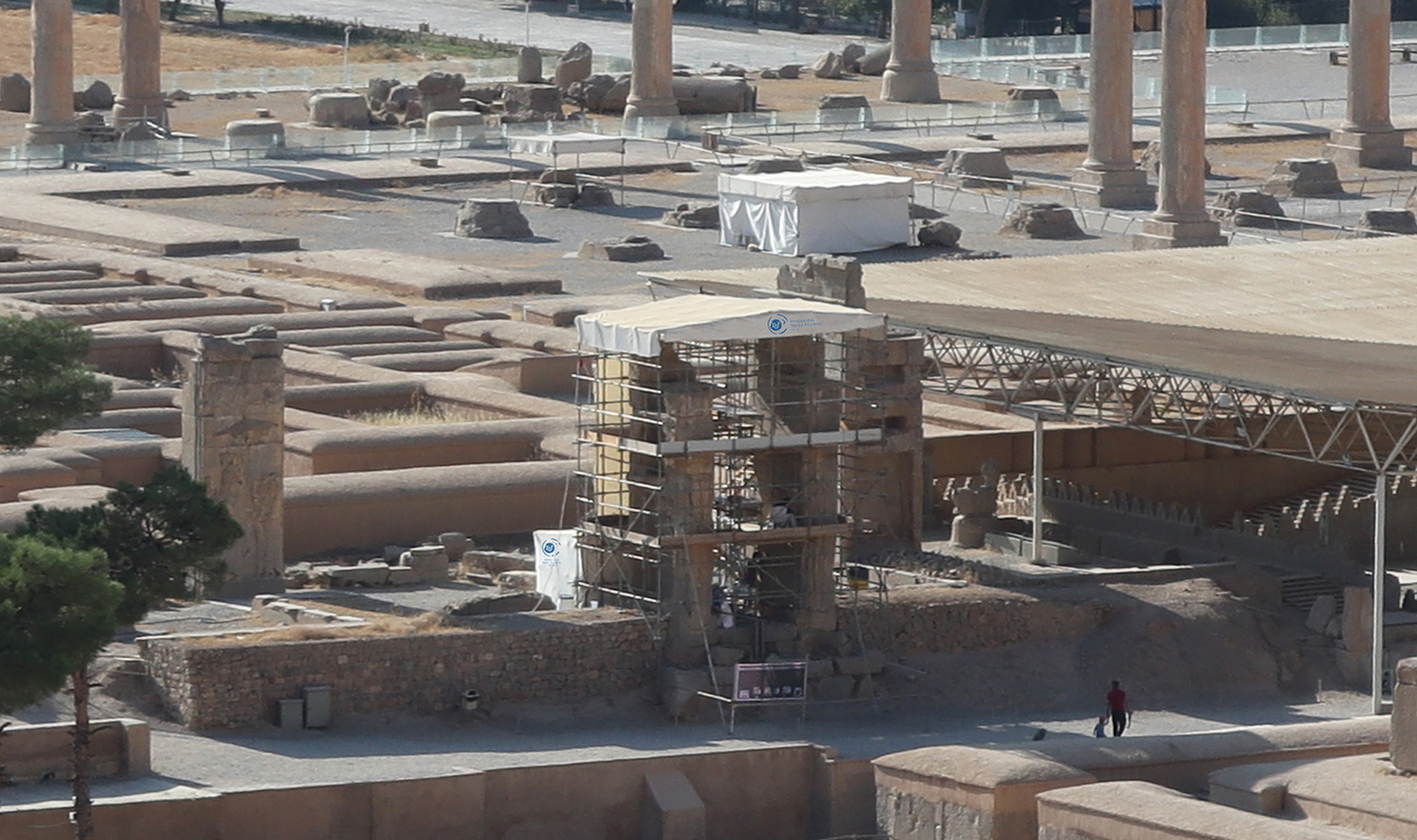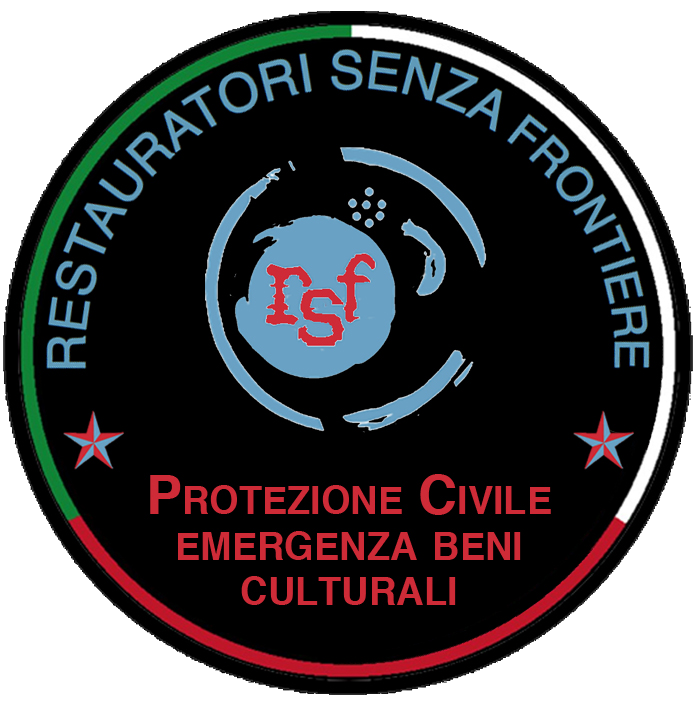In Defense of Humankind’s Cultural Heritage: What Happened to The Hague Convention?
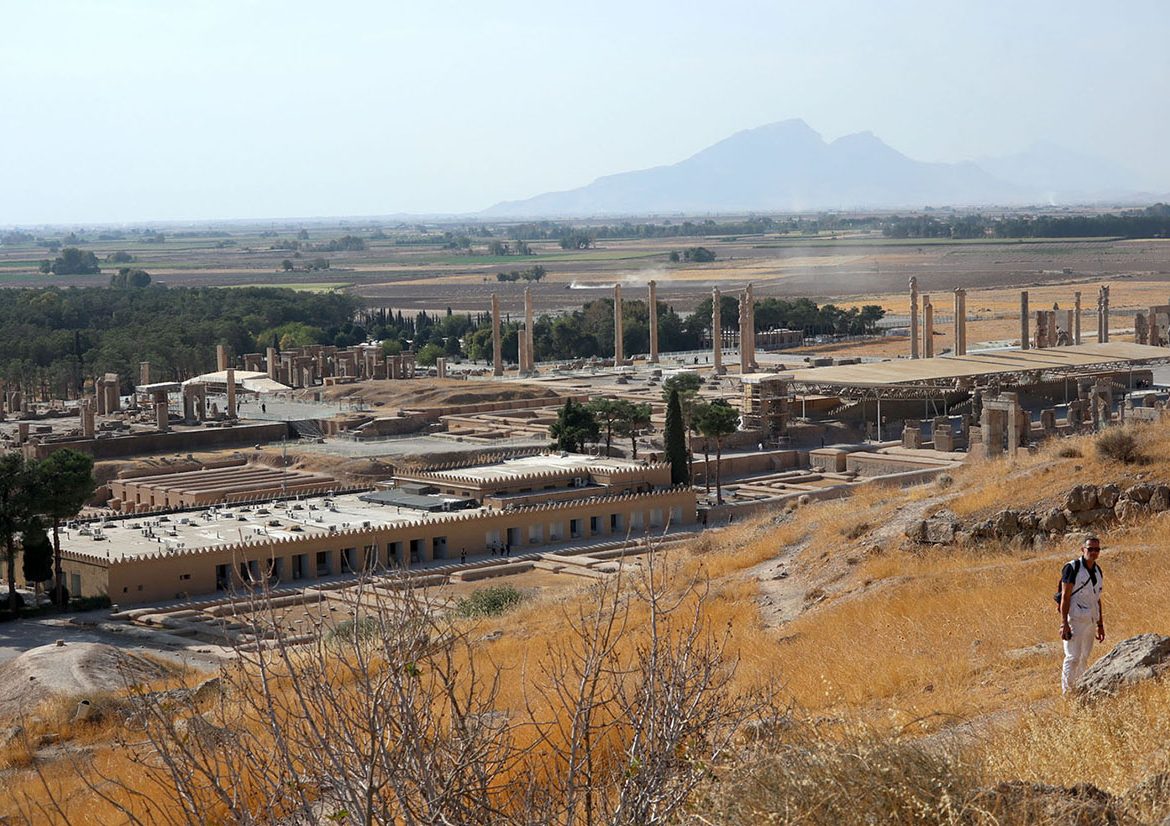
In the Who Are We section of the RSF website, it is said: "RSF will fight to spread fundamental and systematically disregarded assumptions, such as those set out in the Second Protocol of the Hague Convention: The Parties to a conflict must ensure the immunity of cultural property under enhanced protection by refraining from making it the object of attack or from any use of the property or its immediate surroundings in support of military action. To this endthe Second Protocol provides criminal sanctions in case of violation of this immunity or other serious violation of its provisions".
The Second Protocol is an important addition to the 1954 Convention for the Protection of Cultural Property in the Event of Armed Conflict adopted in The Hague (Netherlands) in 1954, which was adopted following the massive destruction of cultural heritage during the Second World War: the first international treaty with a worldwide vocation which refers exclusively to the protection of cultural heritage in the event of armed conflict. (1)”The Convention and its First Protocol offer protection to the immovable and movable cultural heritage, including monuments, sites of artistic, historical or archaeological value, works of art, manuscripts, books and objects of artistic, historical or archaeological interest, and scientific collections of all kinds, irrespective of their origin or ownership. A number of criminal acts committed against cultural property during the many conflicts that unfortunately took place in the 1980s have highlighted certain shortcomings in the implementation of the Convention. In the course of the revision process and also taking into account the development of international humanitarian laws and the protection of cultural property, a Second Protocol to the Hague Convention was adopted in March 1999. This instrument elaborates the provisions of the Convention relating to the protection and respect of cultural property and the conduct of hostilities”.
According to the principles and rules signed and ratified by the signatories of the Second Protocol, the States adhering to the Convention are obliged to commit themselves to the safeguard of Cultural Heritage (the first official recognition in the international field of the definition of cultural heritage was, moreover, on the occasion of the drafting of the Hague Convention, in 1954), from the consequences of possible armed conflicts and to prepare protective measures also in times of peace.
Among the 37 signatory states of the Hague Intergovernmental Conference (including Italy and the United States) a Committee composed of 12 States elected for four years was appointed.![]()
The Committee for the Protection of Cultural Property in the Event of Armed Conflict should work in close collaboration with the Director General of UNESCO and, as part of its functions, supervise the implementation of the Protocol, deciding which sites should be given enhanced protection, and manage international aid through the Fund for the Protection of Cultural Property in the Event of Armed Conflict.
In view of the serious situation created by the killing of Commander Qassem Soleimani and the statements made by the President of the United States concerning threats to archaeological and historical World Heritage sites, the States parties to the Second Protocol should make their voices heard clearly and directly.
Since there is a convention, the signatories should act immediately against any act contrary to the agreements. Mobilization must precede any threatened action, because condemning them afterwards would serve no purpose.
Derogations are provided for in the Second Protocol. However, it would not appear that any of the conditions for invoking one of the derogations provided for in Article 6 of the Protocol, which was also signed by the United States of America on 26 March 1999, are fulfilled (3).
All the signatory states of the Convention for the Protection of Cultural Property in the Event of Armed Conflict, and the USA itself, by virtue of this signature, are bound to respect the principles contained in it and must fight collegially for the application of this fundamental document for the protection of monuments that are part of the essence of humankind: super-individual and super-national heritage, which, because of its universal content, goes beyond history and nations.
With this in mind, Restauratori Senza Frontiere (Restorers Without Borders) was established and acts, and in this spirit the important project of conservation carried out by RSF in Iran, thanks to an international governmental agreement between RSF and the Iranian Authorities in charge of the preservation of the UNESCO Persepolis World Heritage Site, has been carried out and has just been concluded. The Persepolis International Monuments Conservation Project, financed with funds from neutral Switzerland (sole sponsor of the PIMCP was Fondation Evergète – Genève), concerned two important monuments of ancient Persia, today’s Iran: the conservative intervention of the Tachara, or Palace of Darius the Great, and the Tripylon, or Central Palace, on the large terrace of the ceremonial complex of ancient Persepolis.
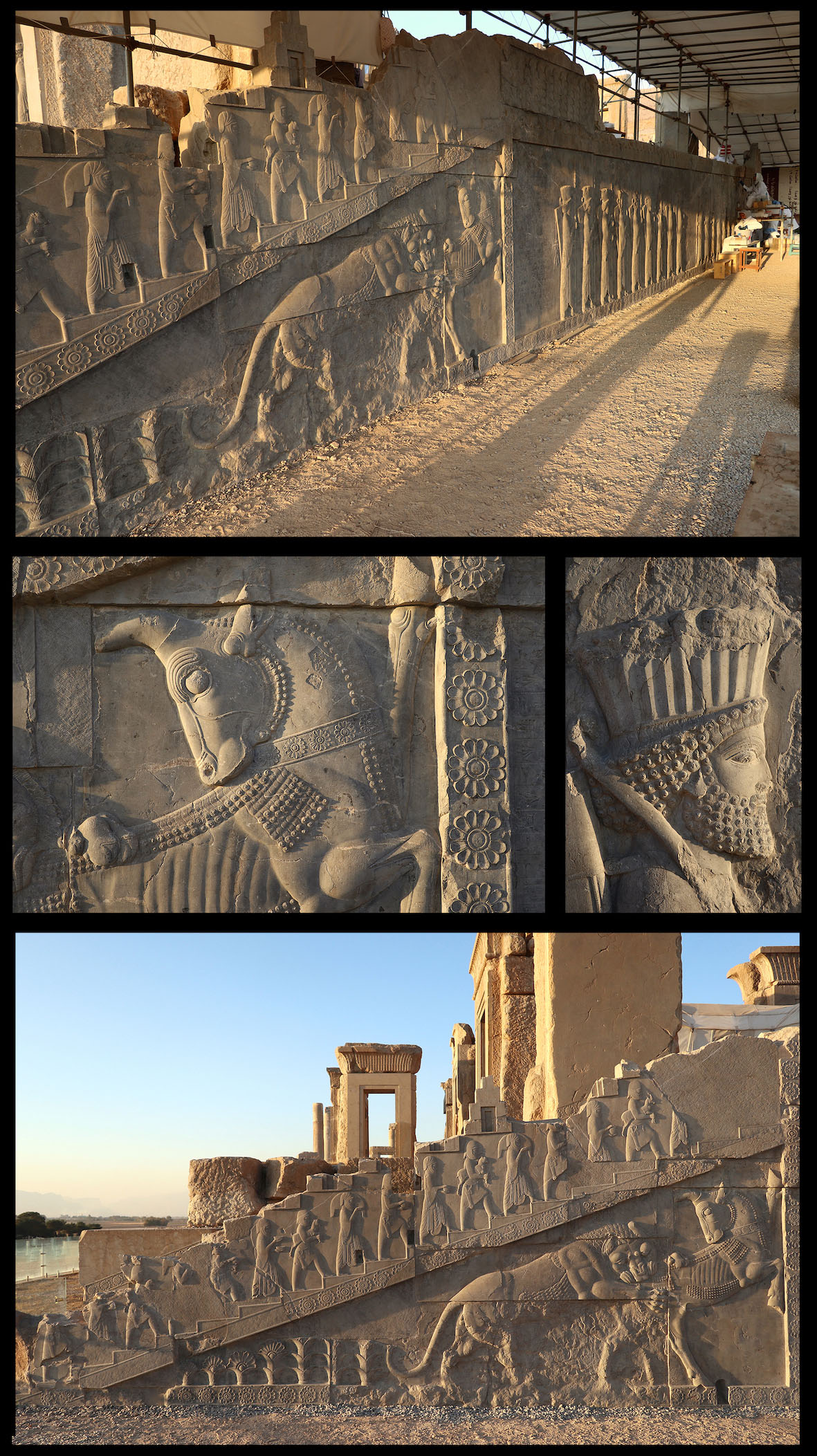
Details of the relief of the southern front of the TACHARA or PALAZZO DI DARIO, object of the Persepolis International Monuments Conservation Project
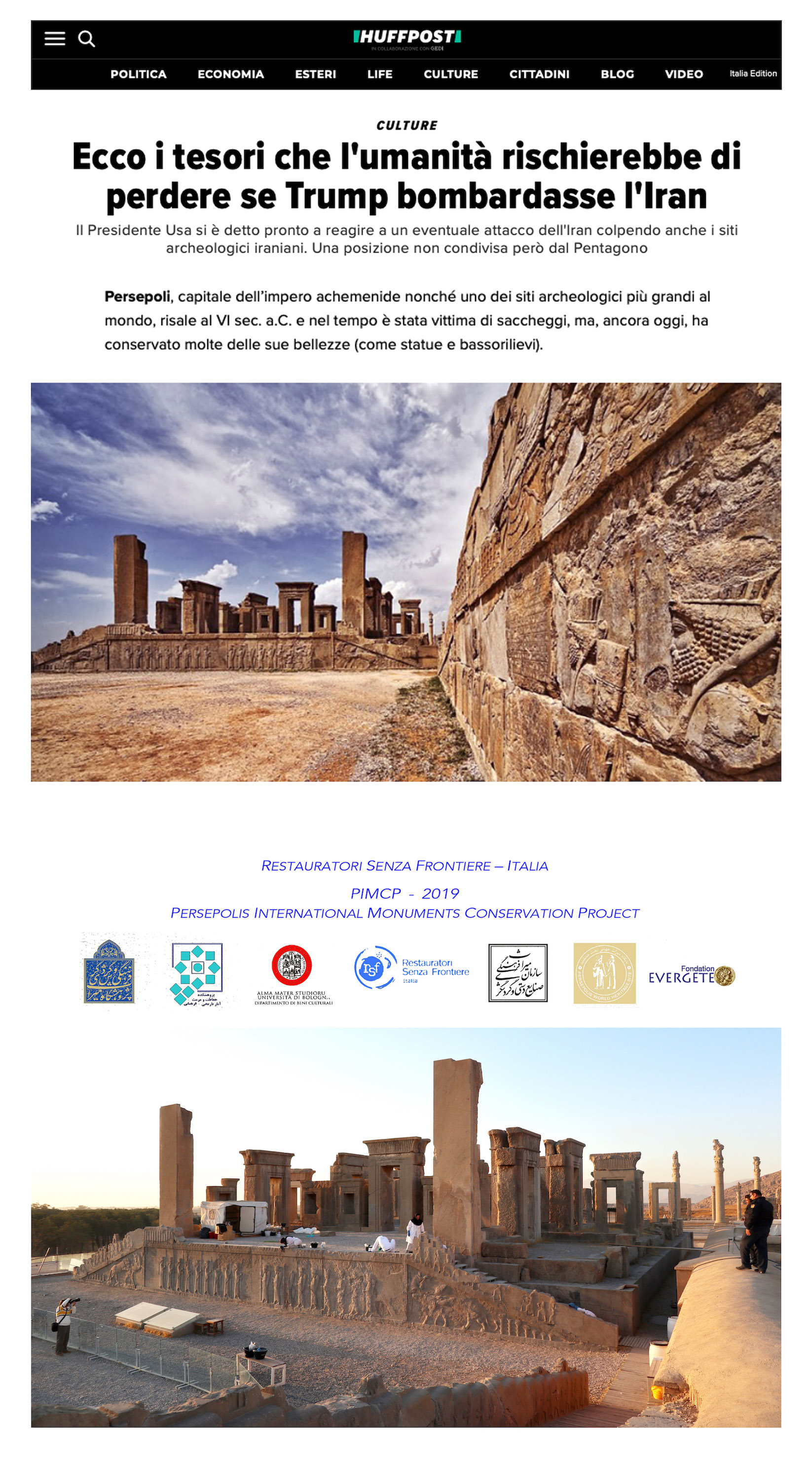
The bas-reliefs of the TACHARA, object of the Persepolis International Monuments Conservation Project
Persepolis, its palaces, the Tachara itself are paradoxically at the top of the list of threatened monuments drawn up by President Trump and reported by Huffingtonpost.
To act for the destruction of such monuments would be to abdicate our own cultural dignity, to disregard the intellectual achievements inherited from the positivist philosophy of Enlightenment, the modern conception of history, which sees us as inhabitants of the world, to return to the level of ancient barbarians, putting us on the same level as those we claim today to fight, accusing them of committing, for ideological, political and religious reasons, heinous crimes against humanity and against the cultural heritage in various parts of the world: from Yemen, to Syria, to Iraq, to the list of monuments destroyed in Palmyra, Mosul, Homs, Hatra, Tikrit, Bamyan, Nimrud. We cannot imagine that other sites destroyed in Iran at our hands will be added to the list. It seems unimaginable that the American people might want or simply accept this prospect.

A detail of the bad-relief of the EAST DOOR OF THE TRIPYLON, object of the:Persepolis International Monuments Conservation Project. The damage occurred on the sculptures are the result of vandalism in the past.
What has happened throughout history, where conquest was often followed by destruction, appears to us today to be something unacceptable and incomprehensible.
The same growing awareness, though still insufficient, of the natural fragility of our planet also concerns cultural properties, as heritage of the entire international community. The World Heritage, constitutes a fragile and urgent legacy of demanding care. The preservation of the ancient vestiges of past cultures is a contemporary necessity of ours. We all now feel part of a unique world, ever smaller and ever more in danger.
Cultural Heritage, by virtue of the universal values recognized and confirmed by history, increases its value with time. And history is nothing other than the recognition of the value of the events and of the material and immaterial production of the human being. In this, in what we call Culture, each of us recognizes ourselves as part of Humankind. To act against these tangible manifestations of the human intellect is to act against the very essence of Man. For this reason, the Hague Convention and the Second Protocol were written and signed by conscious men, because beyond the conflicts between people, , between nations or power groups, not taking these values into account constitutes a nihilistic act, a blind behavior: besides being barbaric, it is also self-harm.
Rome, 14th January 2020.
Paolo Pastorello – President of RSF Italia
1 Source, Unesco: http://www.unesco.org/new/en/culture/themes/armed-conflict-and-heritage/convention-and-protocols/1954-hague-convention/
2 https://www.huffingtonpost.it/entry/ecco-cosa-rischieremmo-di-perdere-se-trump-decidesse-di-bombardare-i-tesori-delliran_it_5e147532e4b0843d3618c7a1
3 Art.6-Respect for cultural heritage
In order to ensure respect for cultural property in accordance with Article 4 of the Convention:
a. an exemption on the basis of overriding military necessity in accordance with Article 4 paragraph 2 of the Convention may only be
invoked to launch an attack on a cultural object when and for as long as it is necessary: I That cultural good has been made, by
virtue of its function, a military objective: and II. There is no other feasible alternative to obtaining a similar military advantage
than by directing a hostile act against that objective:
b. an exception on the basis of overriding military necessity, according to Article 4 paragraph 2 of the Convention, can only be
invoked to use cultural property for purposes likely to lead to its destruction or damage when and for as long as there is no other
feasible alternative between such use of the cultural property and another feasible method of obtaining such military advantage;
c. the decision to invoke imperative military necessity shall be taken only by an Officer under command of a force at battalion level
or equivalent or higher, or of a force of minor importance when circumstances do not permit otherwise;
d. in the case of an attack based on a decision taken in accordance with subparagraph (a), an effective early warning shall be given
whenever circumstances permit.



